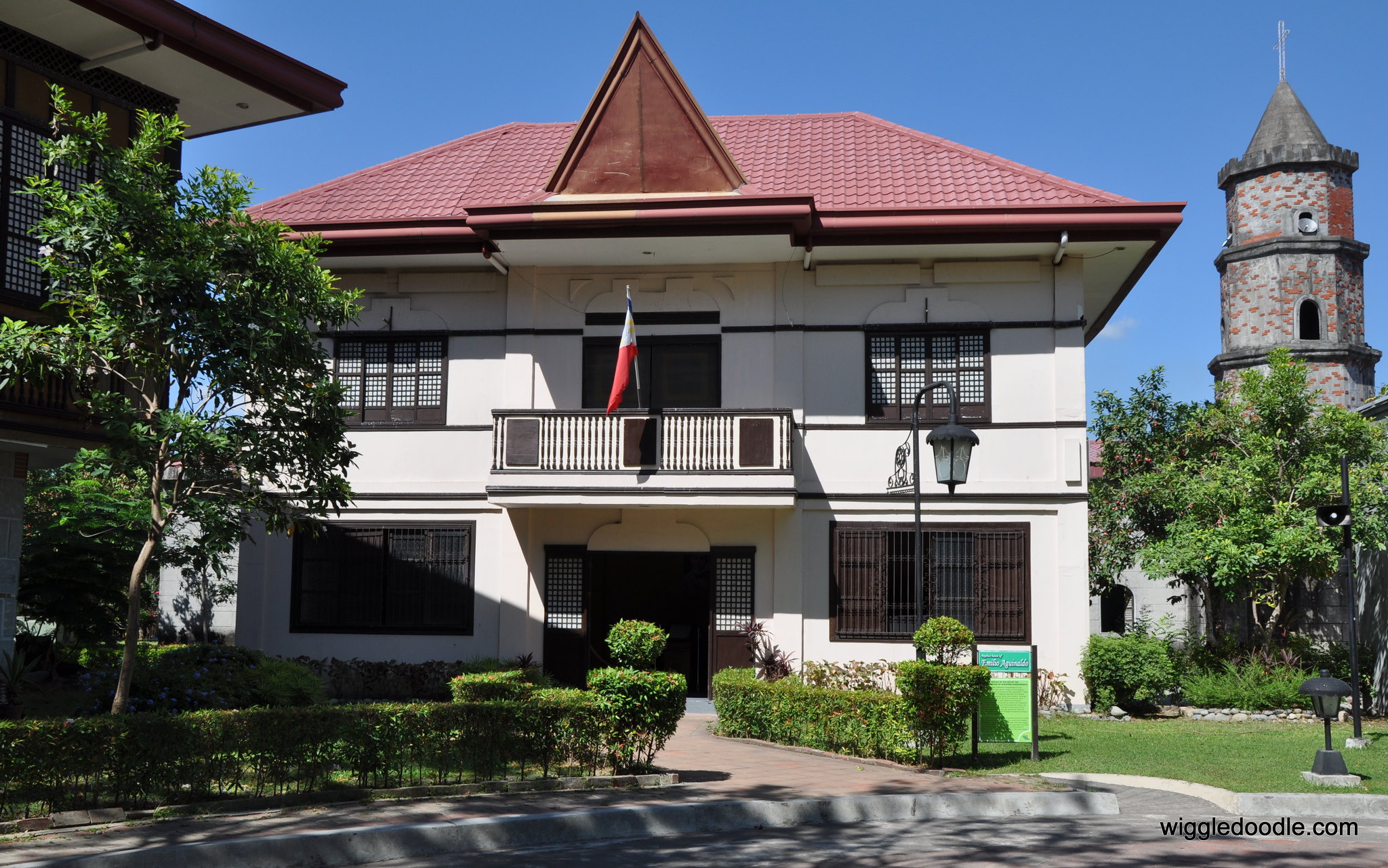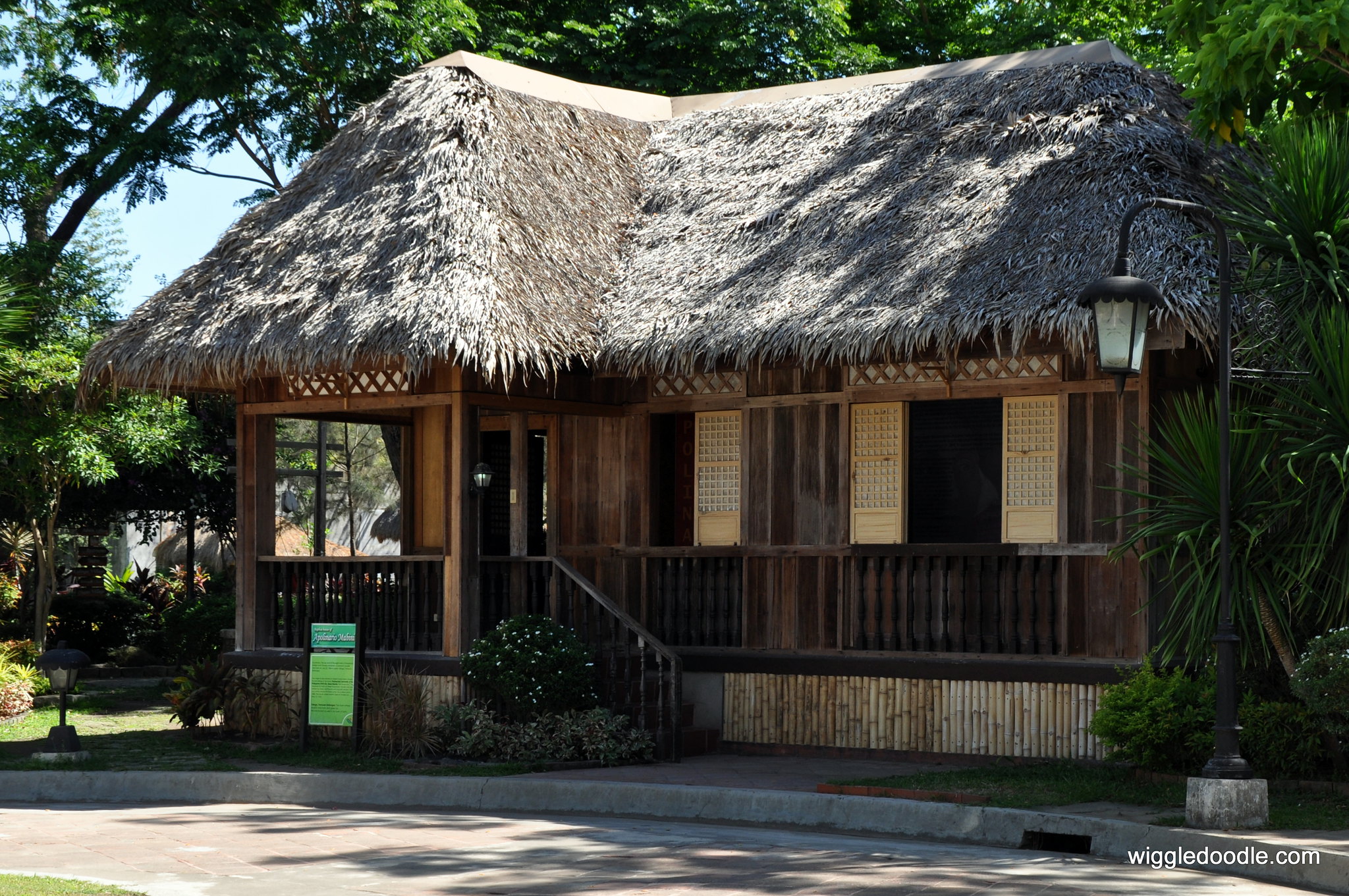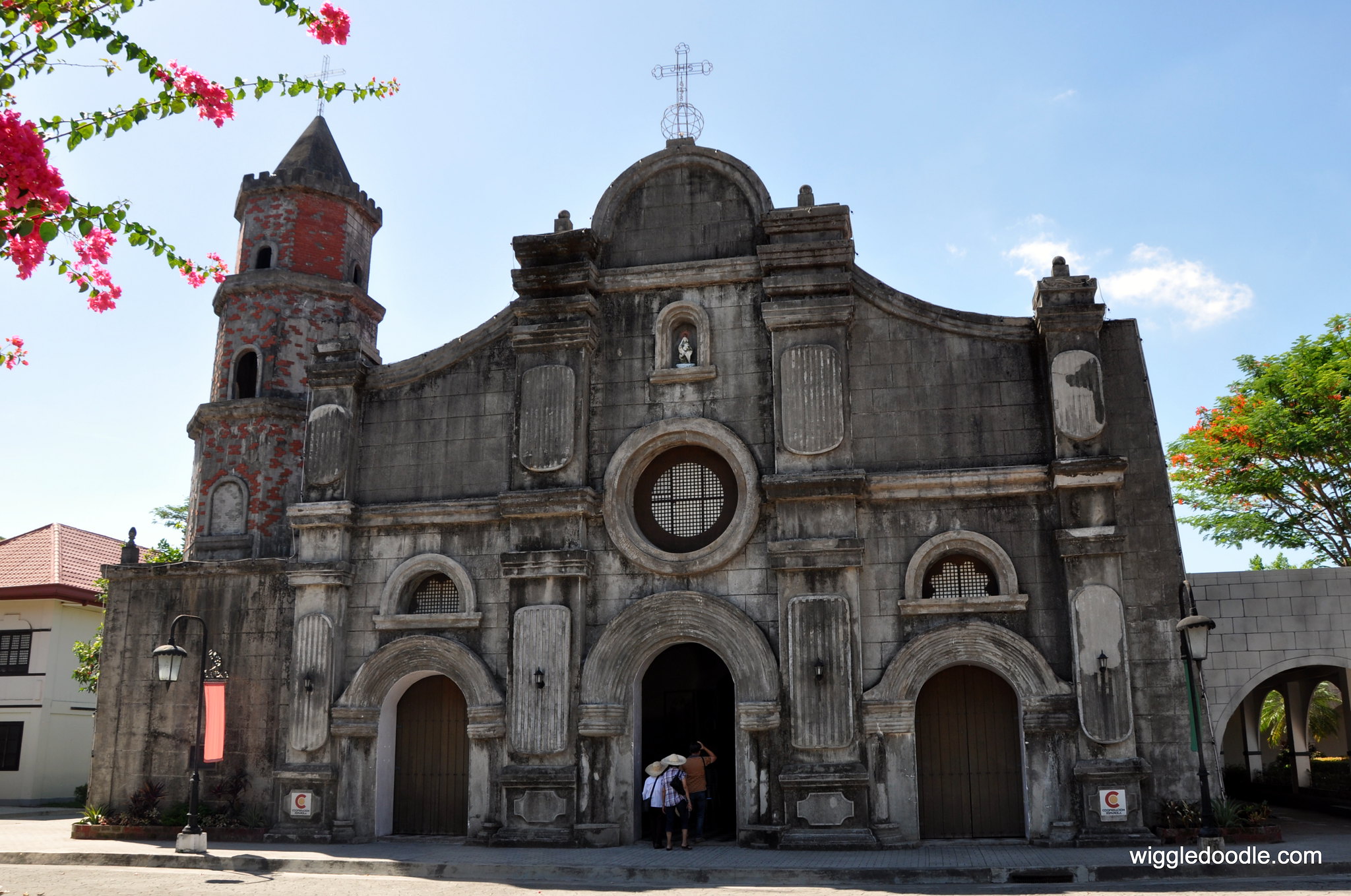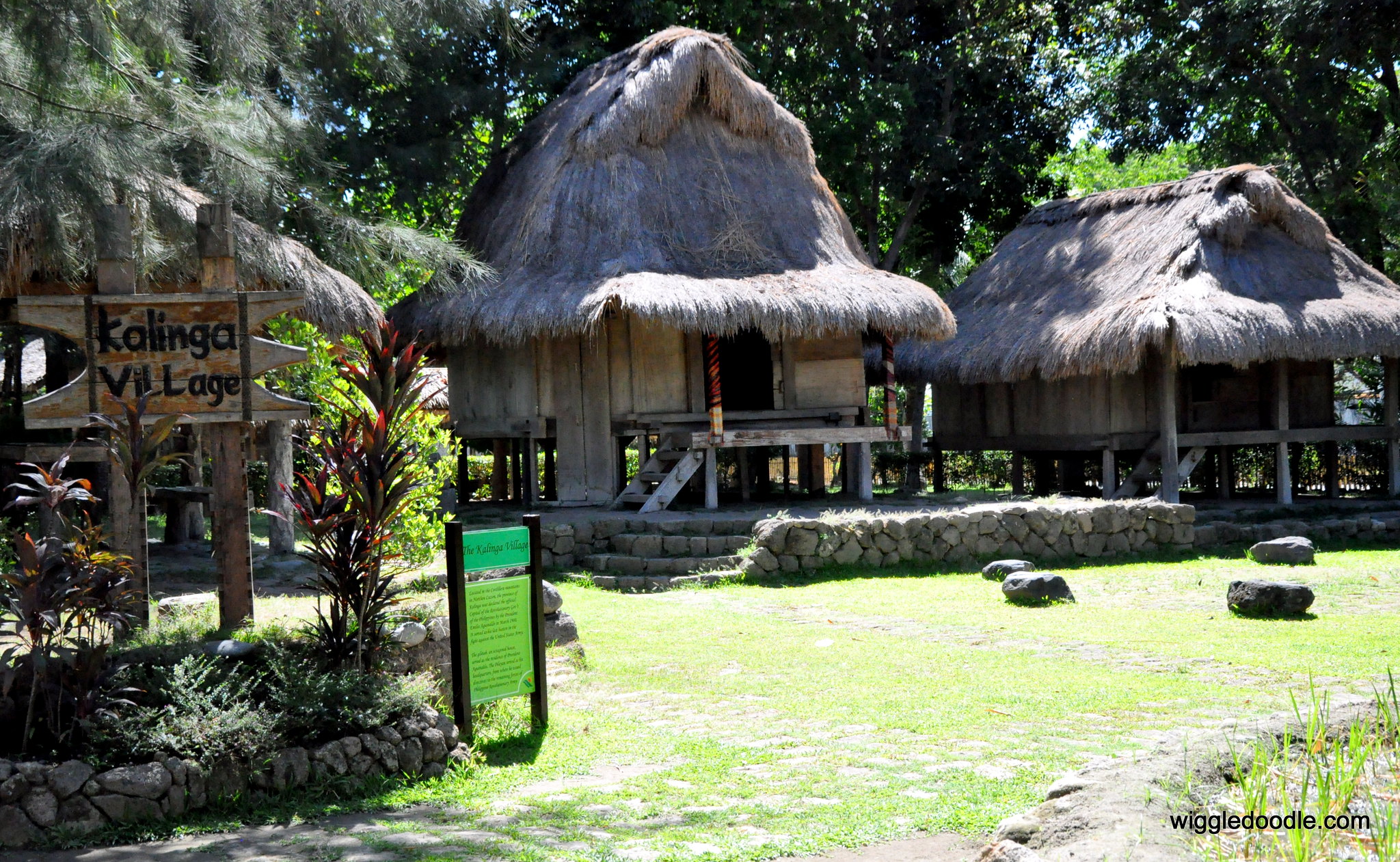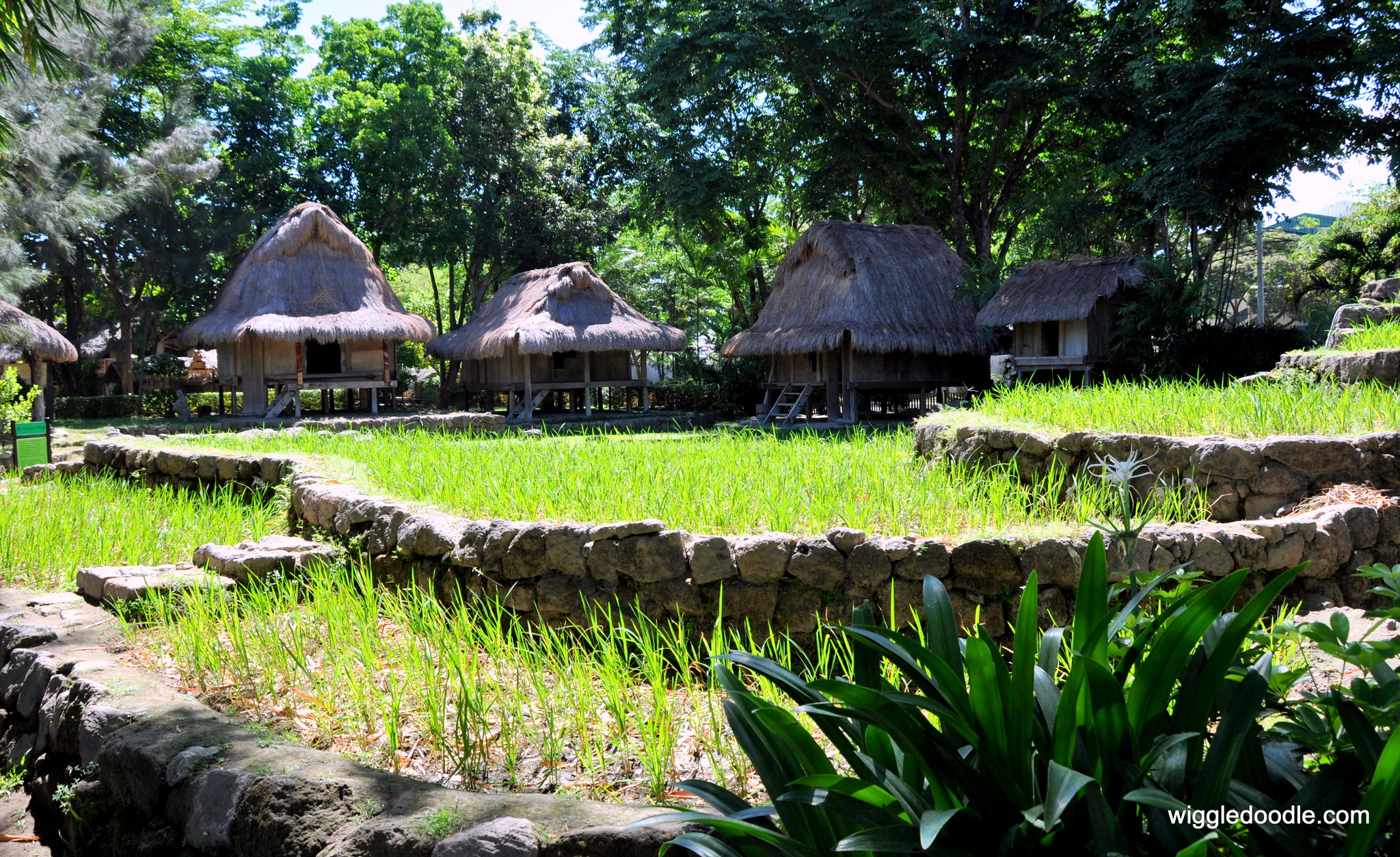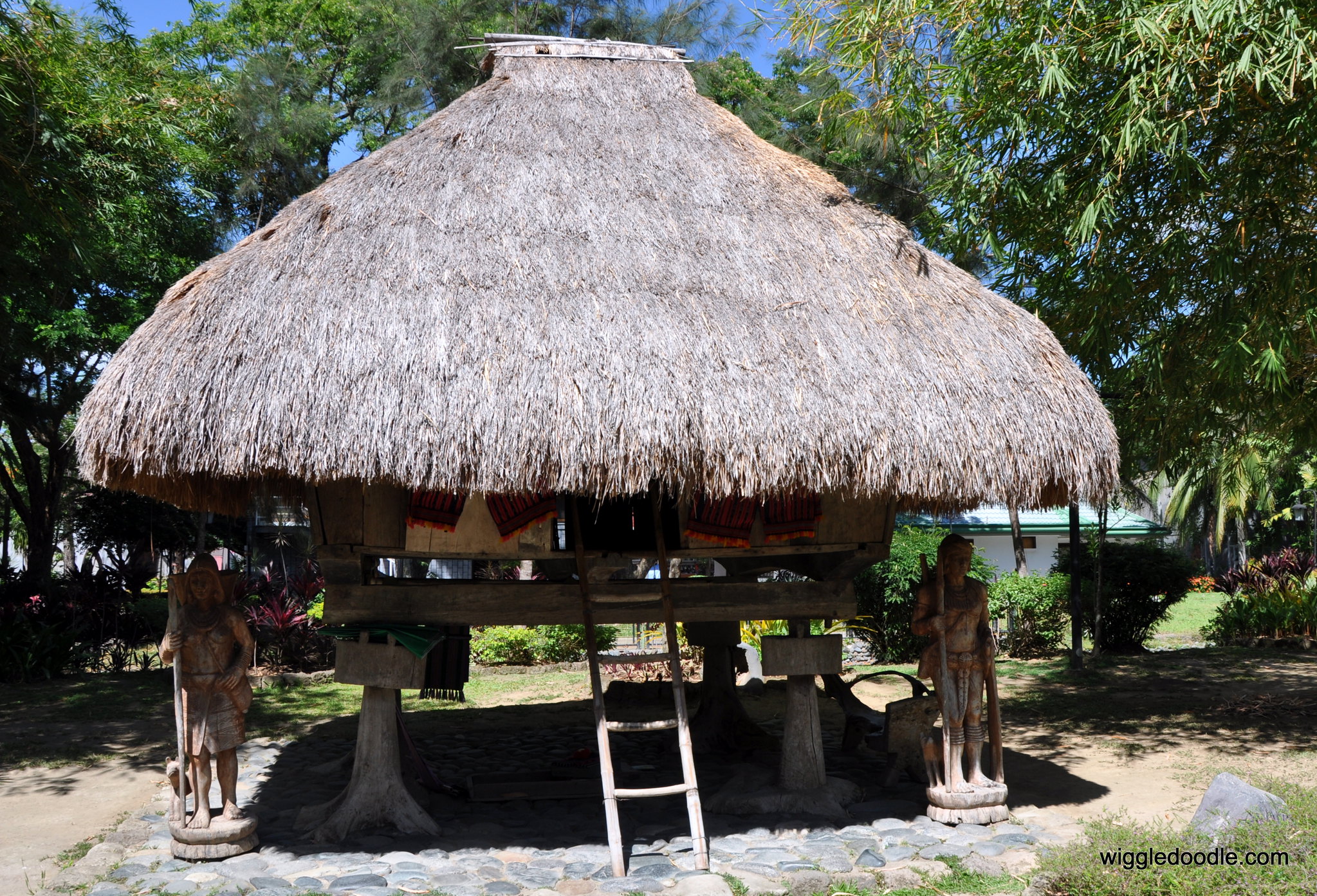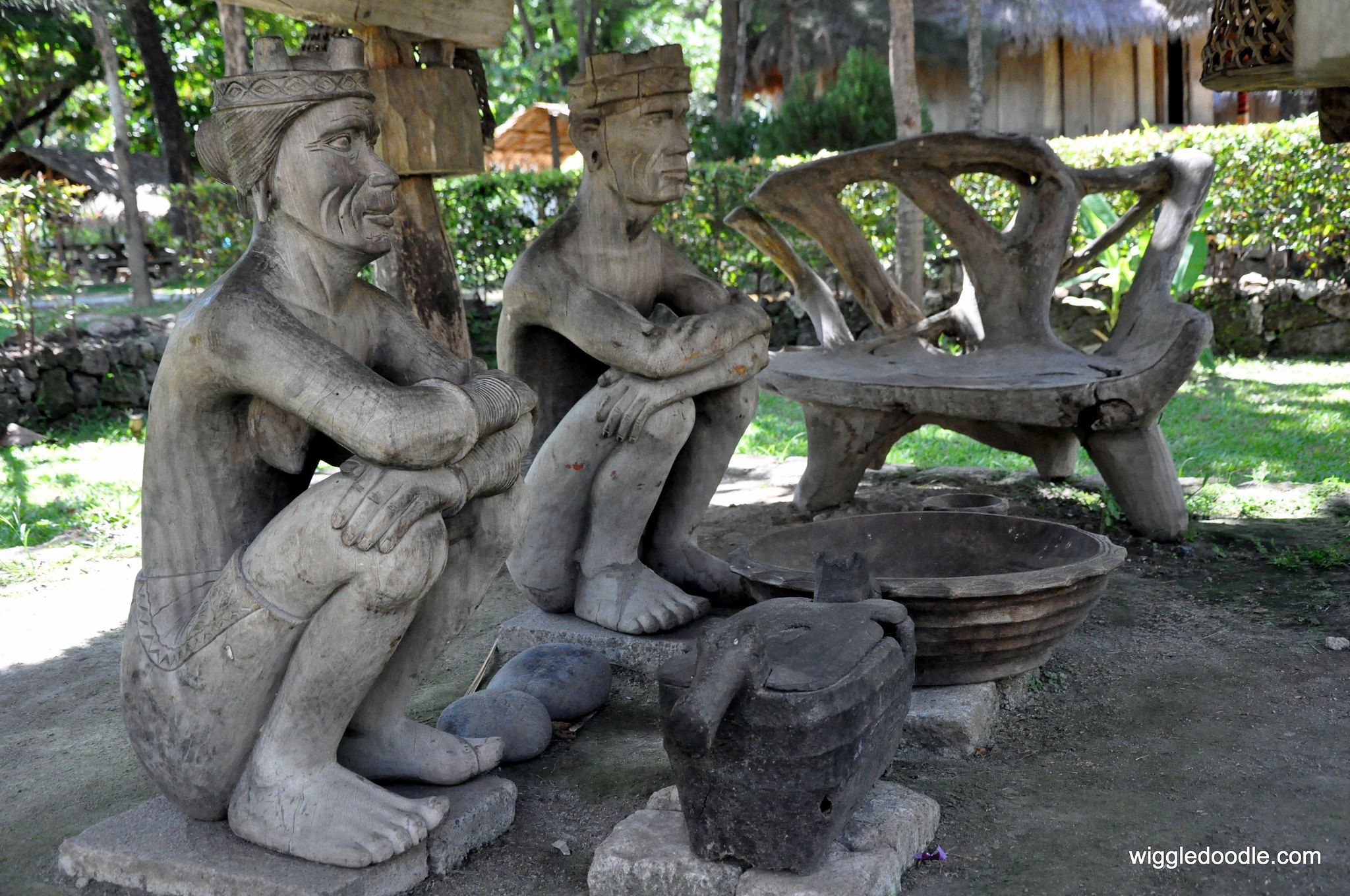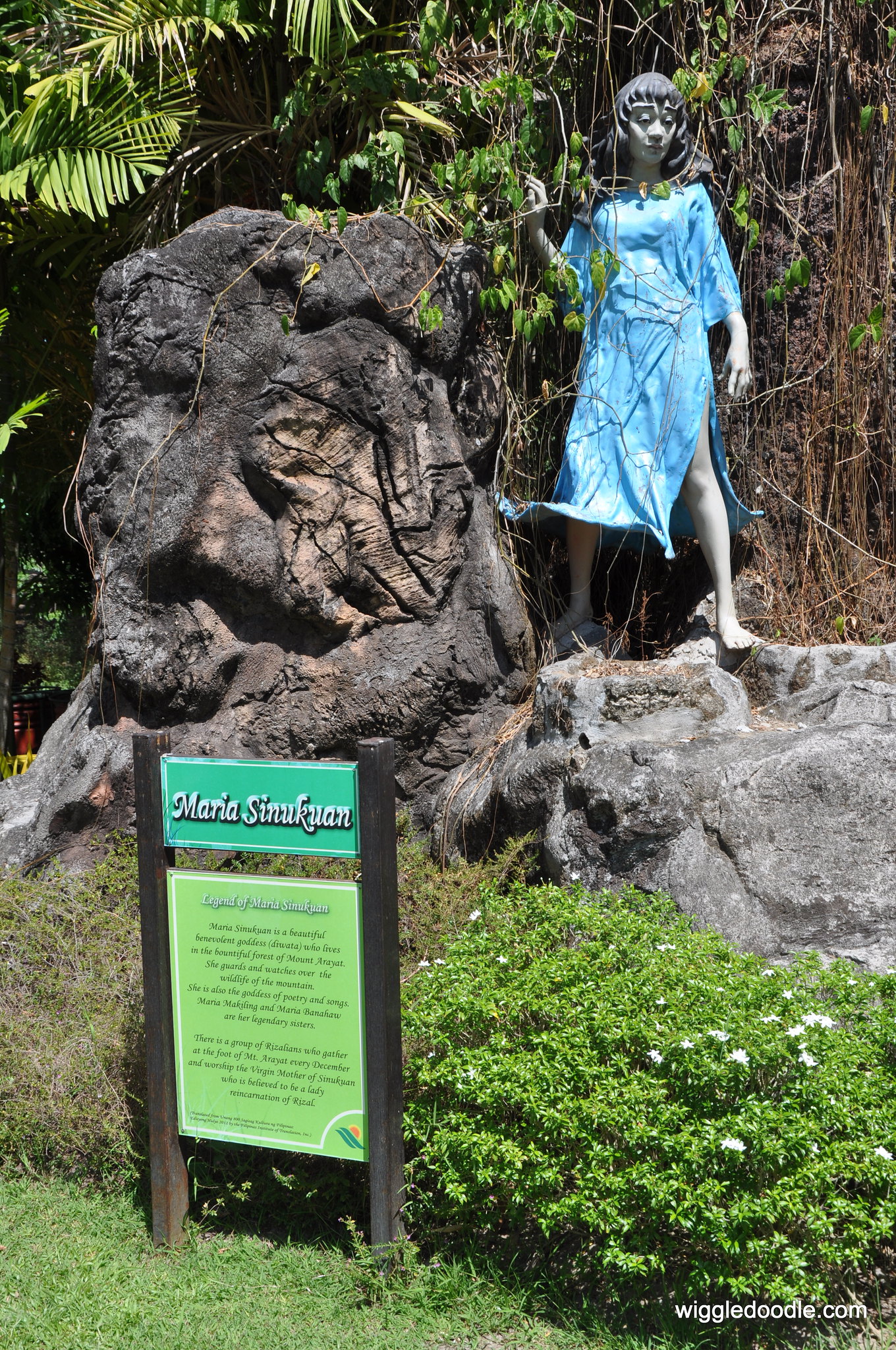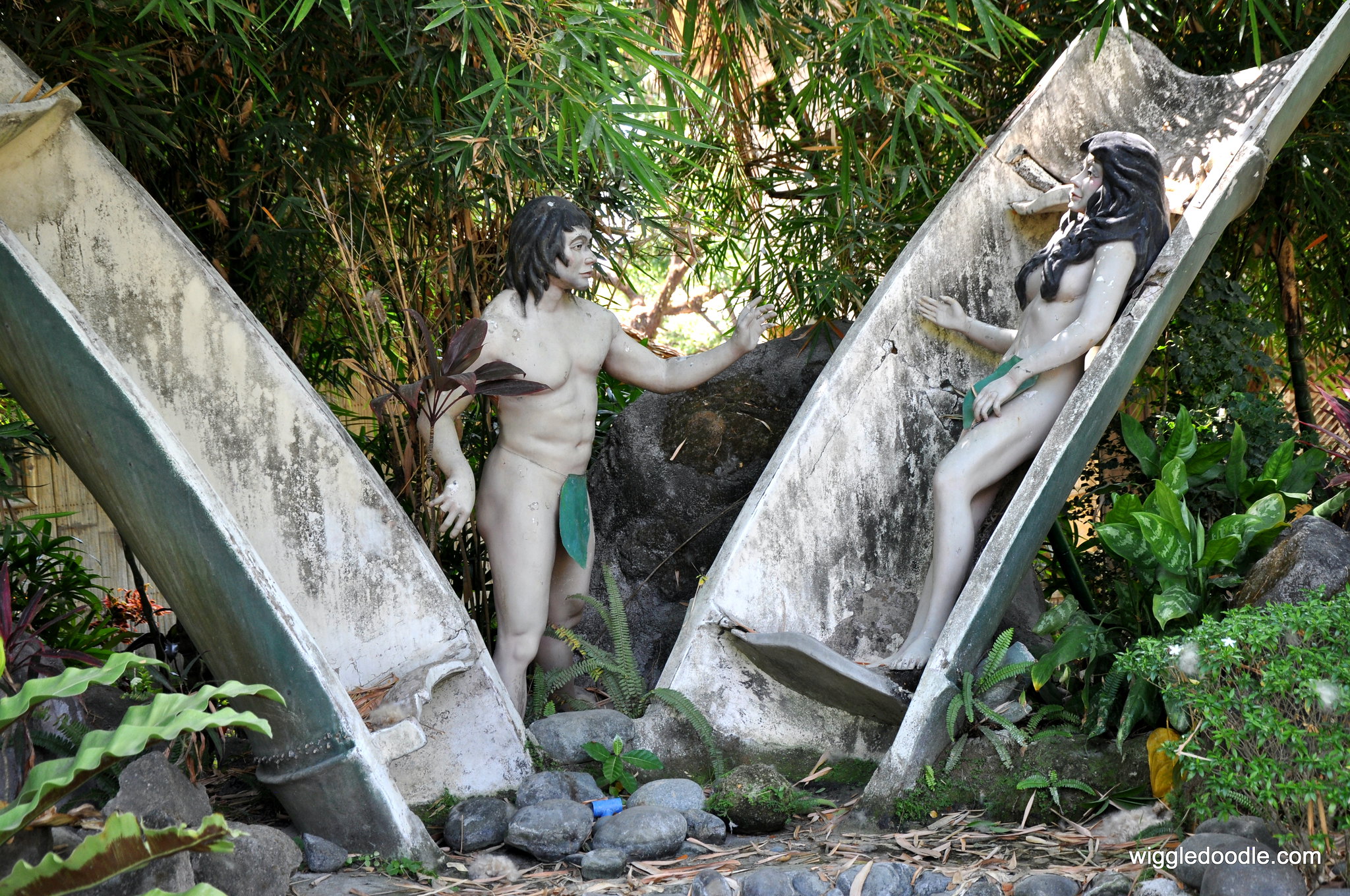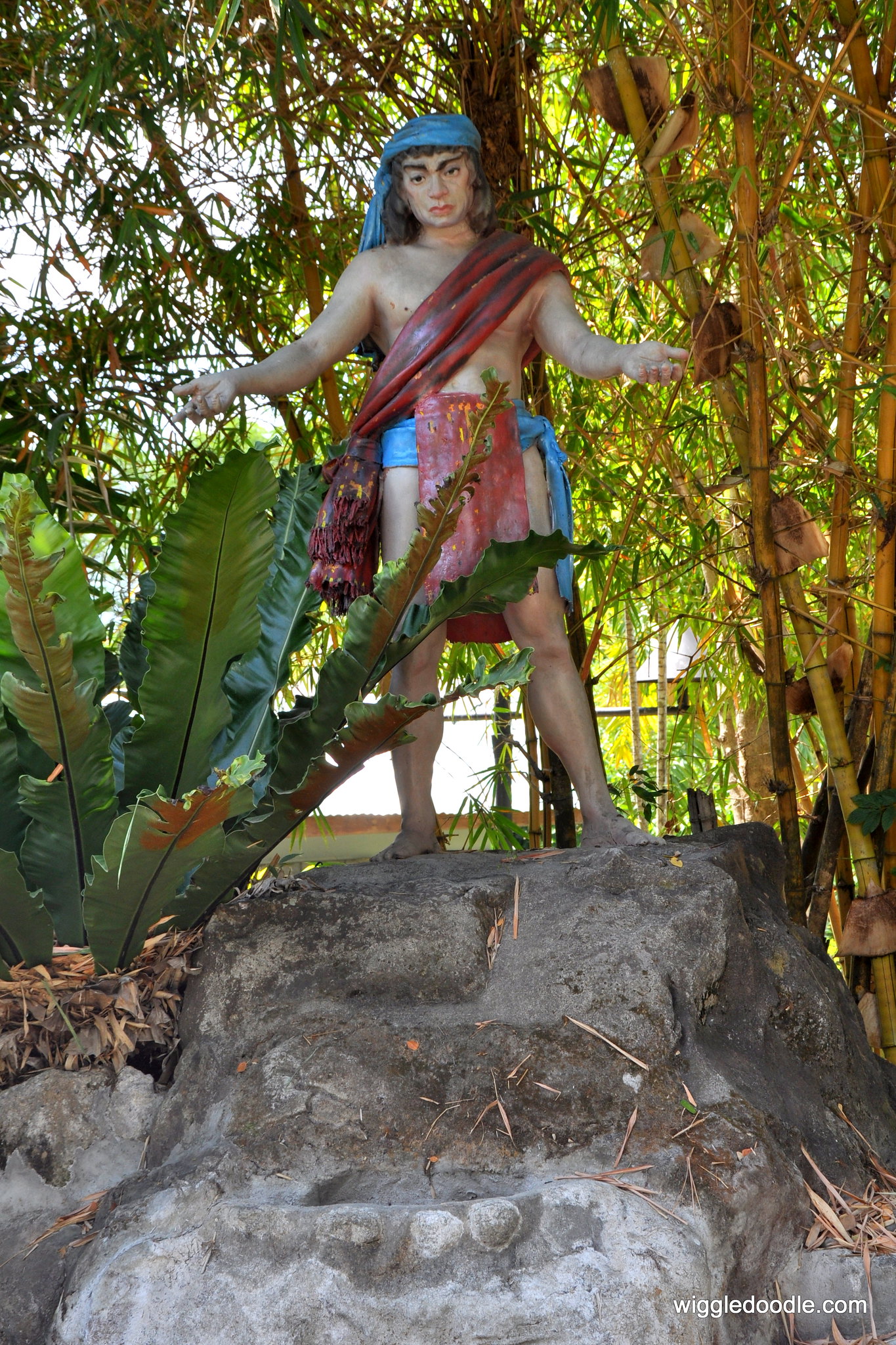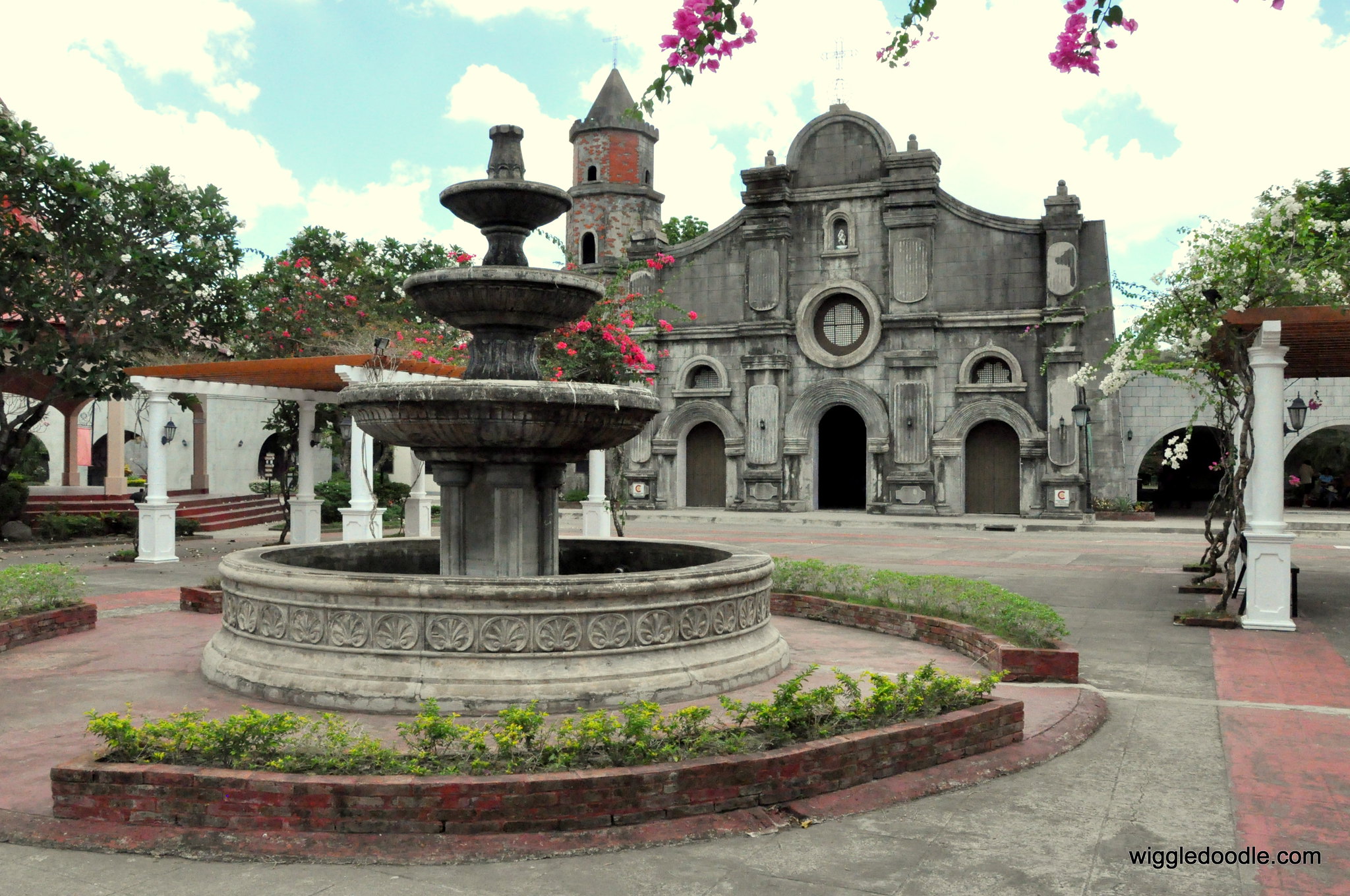Last Maundy Thursday, we joined thousands of Catholic Filipinos to perform the Visita Iglesia, a tradition observed on this particular day of Lent. Pilgrims visit seven churches to pray the Stations of the Cross and meditate on the suffering and resurrection of our savior Jesus Christ.
Traditionally, one walks from church to church, but we used our car, and so did the other devotees. This created huge traffic jams on the roads leading to the churches, and parking spaces became battlegrounds. Mercifully, volunteers managed the traffic inside the church grounds.
We first stopped at Sto. Domingo Church, which is near our place and is the shrine of Our Lady of Naval. We prayed our first two Stations of the Cross and then lighted candles for our special intentions.
Our next stop was the UST Parish church along España Boulevard. After praying the next two Stations of the Cross, we exited the church and found a group of people distributing copies of the Way of the Cross booklets.
At the back part of the booklet, the group explained that they aim to stop the spread of communism and socialism, which destroy the basic beliefs and teachings of the Catholic Church.
We were supposed to make Quiapo Church our next stop, but it appeared most of Manila's Catholic population converged there. We decided to go straight to Manila Cathedral instead. However, we made a wrong turn and ended up heading towards Binondo Church. We decided to make it our next stop. It was still not too crowded inside, so we were able to do our prayers in peace.
A popular deli store offered water and snacks outside the church. It's an old tradition practiced on Maundy Thursday called pa-caridad or charity. It's almost forgotten, and very few devotees practice it now.
We finally found our way to Manila Cathedral, but the traffic jam was terrible, that we had to walk to the entrance. People had to fall in line to get inside because of security checks. The long line due to the high volume of people almost deterred us from going in, but it moved fast, so we decided to go inside.
The cathedral teemed with people inside, but not everyone was praying, and several people were taking selfies and groupies! Okay, some people were actually doing the Stations of the Cross, and their prayers mingled with discussions of other groups on what part of the cathedral they would take their next selfies and groupies in.
From the cathedral, we took another trip to the Shrine of Saint Michael and the Archangels, or the San Miguel Church. We could not drive to the church because of the tight security since its neighbor happens to be the President of the Philippines. So we had to walk, and I immediately noticed the number of food stalls near the church. It appeared that none of the well-to-do residents of the area made a pa-caridad.
The stations were outside, in the courtyard, and as in other churches we've already visited, many people were busy taking their selfies and groupies. Inside the church, the priests and their assistants were already preparing for the Mass of the Lord's Supper. Also, the parish has a museum dedicated to the Blessed Mother and the angels.
We ended our Visita Iglesia this year at the two churches in Bustillos: the Shrine of Saint Anthony and Our Lady of Loreto Parish Church. We did not get inside both churches because the Lord's Supper Mass has already started in both of them. However, like in San Miguel, both churches placed stations of the cross on their grounds.
We finished all 14 stations of the Way of the Cross and the seven churches needed to complete the Visita Iglesia. By the way, I remember that a lay minister once told me that the Visita Iglesia should be done when the Eucharist has been removed from the main altar following the Maundy Thursday mass. This is a response to what Christ said when He found the apostles sleeping in the Garden that they could not stay with Him for even just one hour.
Also, I hope next year, the pilgrims will be more aware that the Visita Iglesia is not a road trip, and they should be more considerate of the others who were doing their prayers. They should also learn to be more caring about their surroundings and not just throw their trash anywhere.
We first stopped at Sto. Domingo Church, which is near our place and is the shrine of Our Lady of Naval. We prayed our first two Stations of the Cross and then lighted candles for our special intentions.
Our next stop was the UST Parish church along España Boulevard. After praying the next two Stations of the Cross, we exited the church and found a group of people distributing copies of the Way of the Cross booklets.
At the back part of the booklet, the group explained that they aim to stop the spread of communism and socialism, which destroy the basic beliefs and teachings of the Catholic Church.
We were supposed to make Quiapo Church our next stop, but it appeared most of Manila's Catholic population converged there. We decided to go straight to Manila Cathedral instead. However, we made a wrong turn and ended up heading towards Binondo Church. We decided to make it our next stop. It was still not too crowded inside, so we were able to do our prayers in peace.
 |
| Binondo Church |
We finally found our way to Manila Cathedral, but the traffic jam was terrible, that we had to walk to the entrance. People had to fall in line to get inside because of security checks. The long line due to the high volume of people almost deterred us from going in, but it moved fast, so we decided to go inside.
The cathedral teemed with people inside, but not everyone was praying, and several people were taking selfies and groupies! Okay, some people were actually doing the Stations of the Cross, and their prayers mingled with discussions of other groups on what part of the cathedral they would take their next selfies and groupies in.
 |
| The Manila Cathedral |
From the cathedral, we took another trip to the Shrine of Saint Michael and the Archangels, or the San Miguel Church. We could not drive to the church because of the tight security since its neighbor happens to be the President of the Philippines. So we had to walk, and I immediately noticed the number of food stalls near the church. It appeared that none of the well-to-do residents of the area made a pa-caridad.
 |
| San Miguel Church |
We ended our Visita Iglesia this year at the two churches in Bustillos: the Shrine of Saint Anthony and Our Lady of Loreto Parish Church. We did not get inside both churches because the Lord's Supper Mass has already started in both of them. However, like in San Miguel, both churches placed stations of the cross on their grounds.
We finished all 14 stations of the Way of the Cross and the seven churches needed to complete the Visita Iglesia. By the way, I remember that a lay minister once told me that the Visita Iglesia should be done when the Eucharist has been removed from the main altar following the Maundy Thursday mass. This is a response to what Christ said when He found the apostles sleeping in the Garden that they could not stay with Him for even just one hour.
Also, I hope next year, the pilgrims will be more aware that the Visita Iglesia is not a road trip, and they should be more considerate of the others who were doing their prayers. They should also learn to be more caring about their surroundings and not just throw their trash anywhere.









